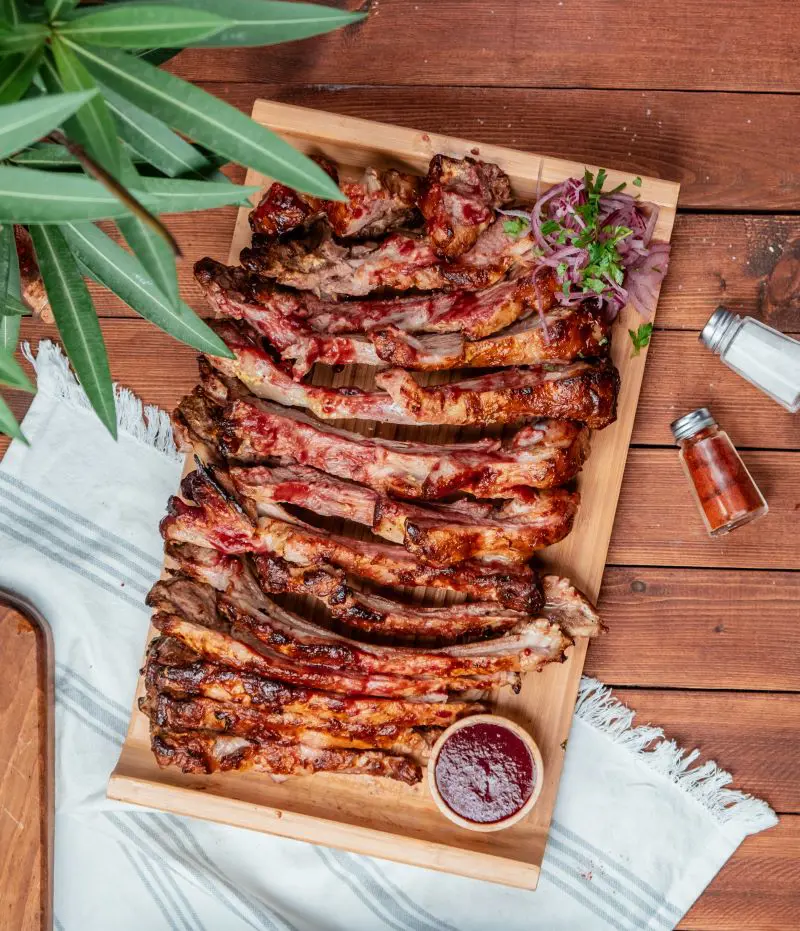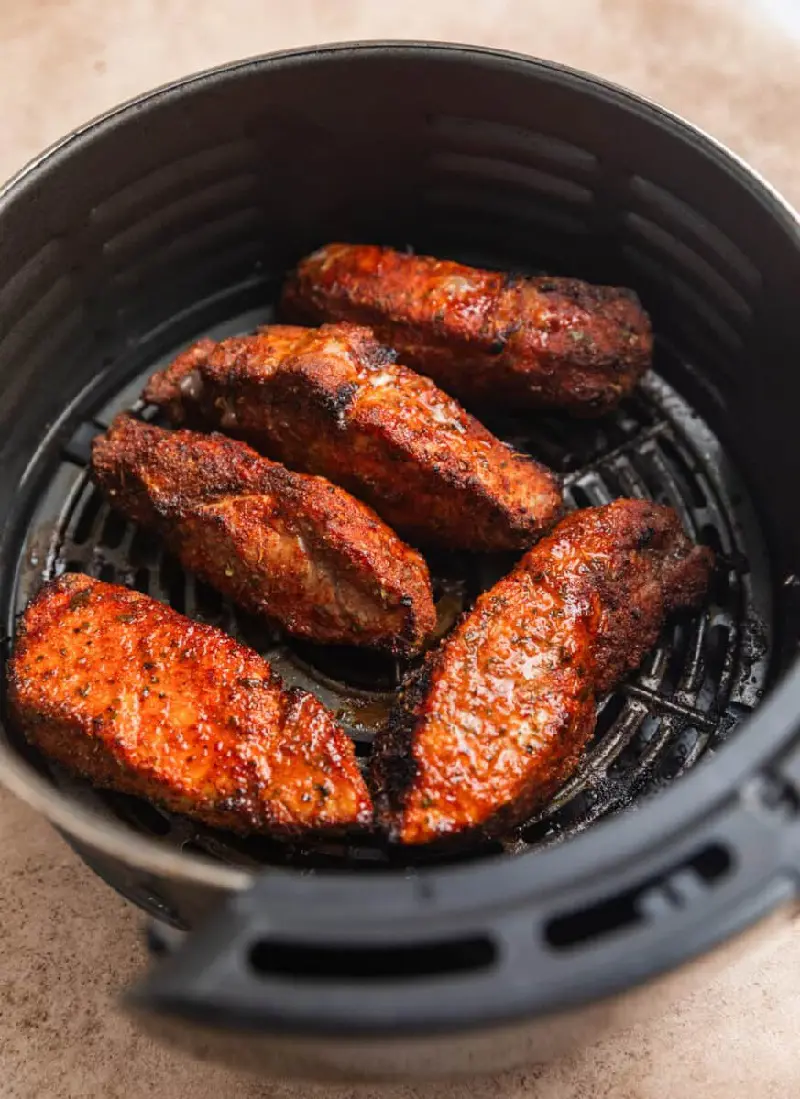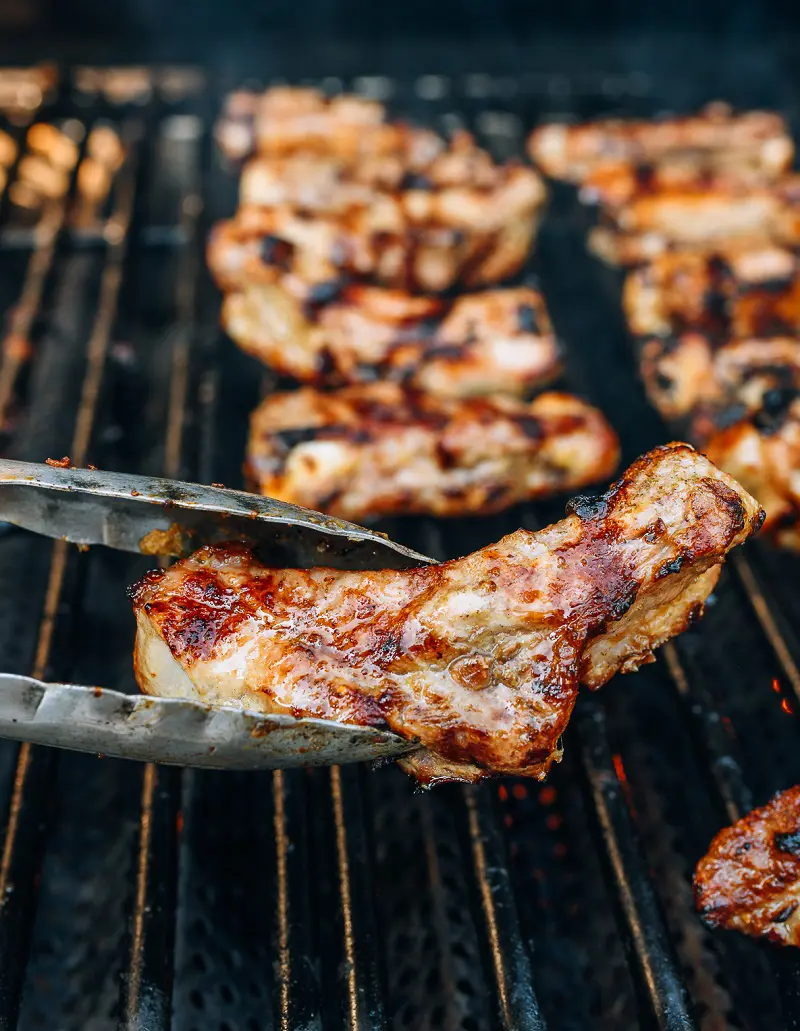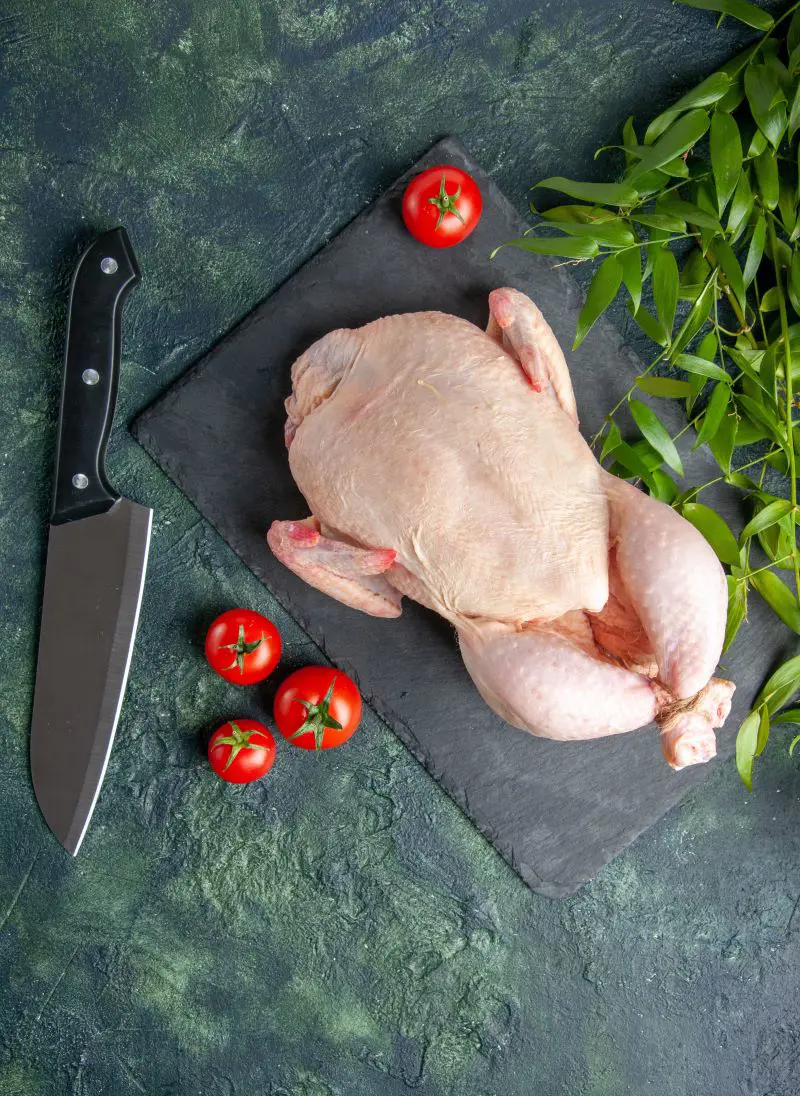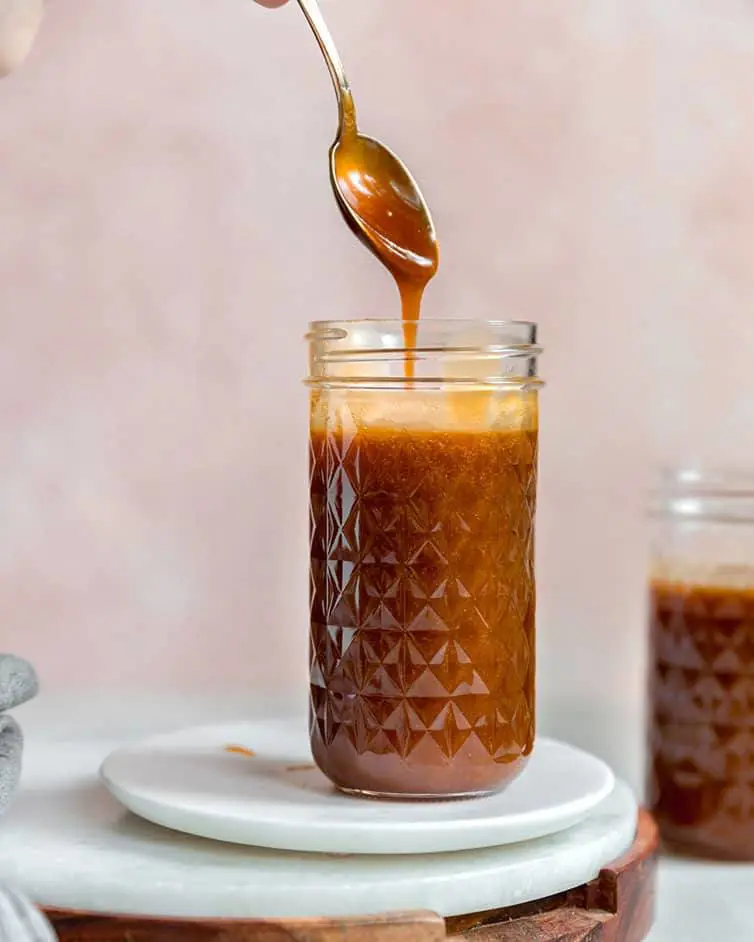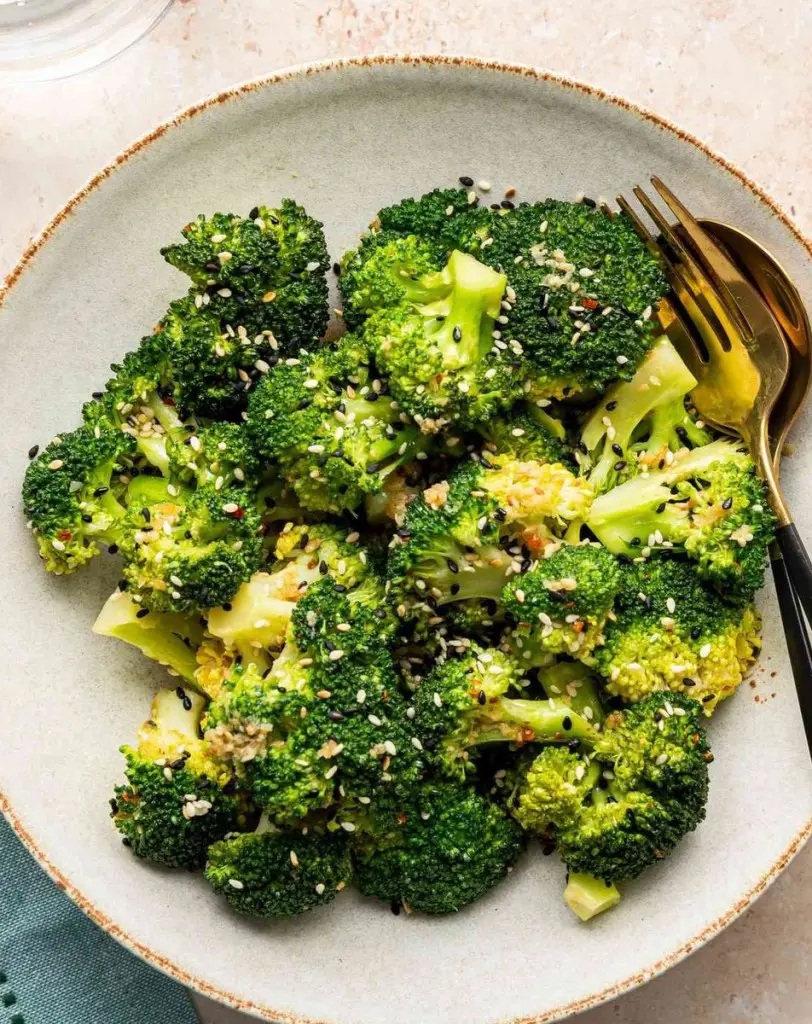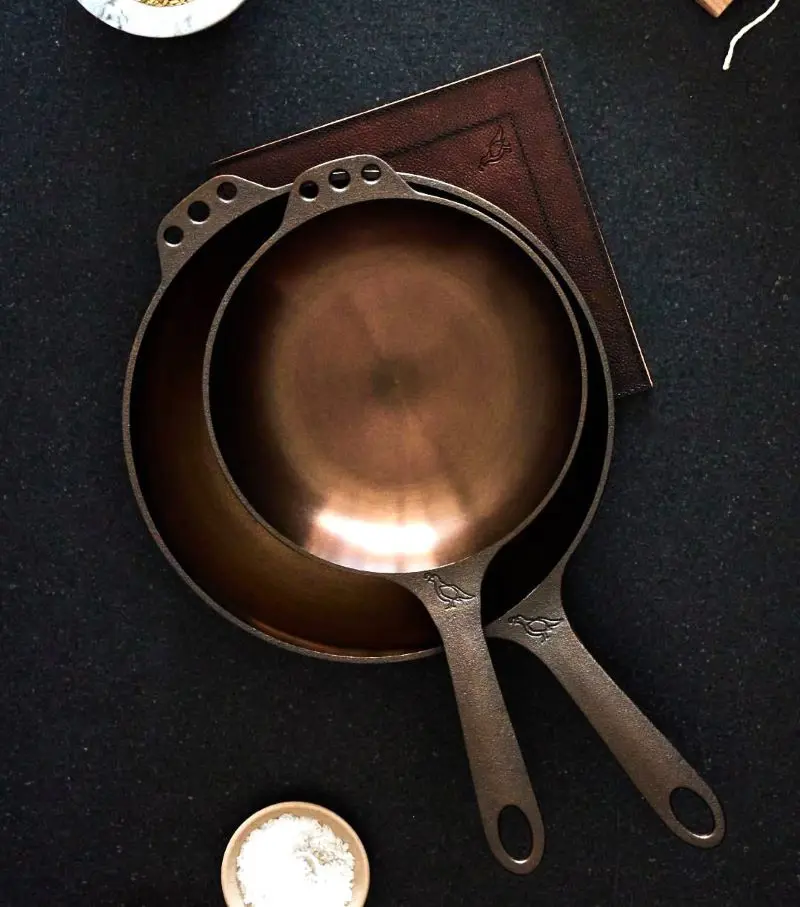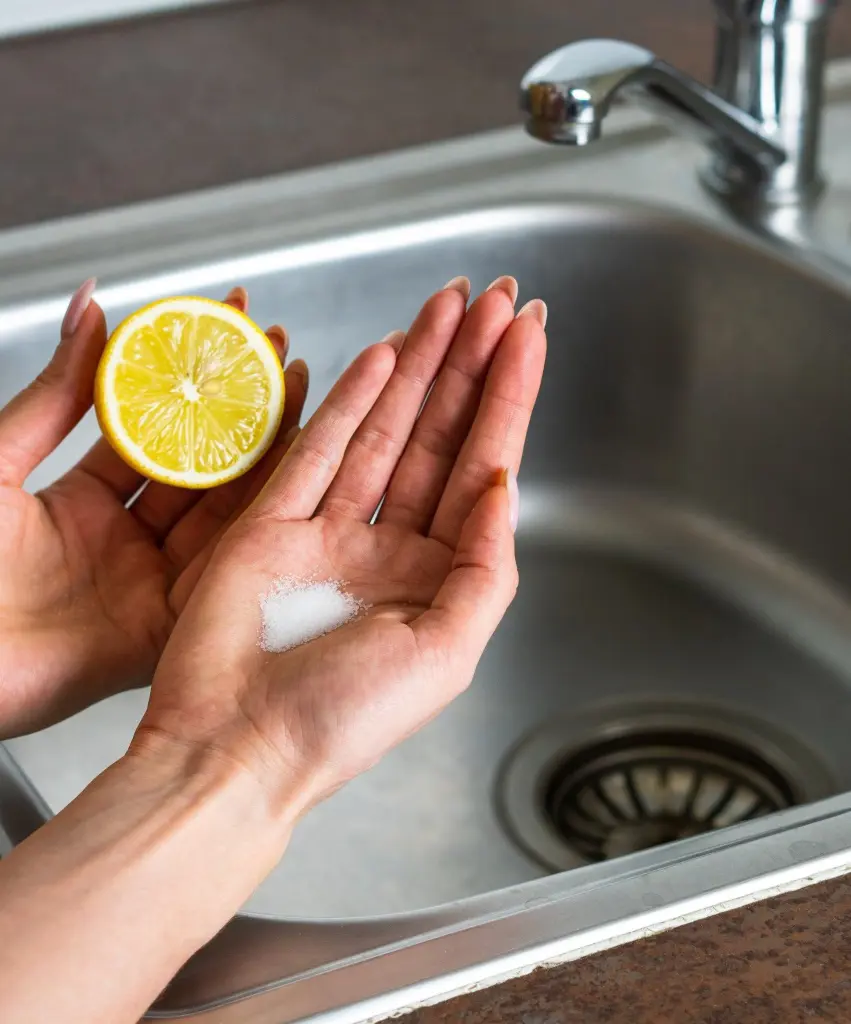Why Reheat Ribs
Ribs are a source of protein that not only are heavy on the taste but also on the stomach. These are good to use because by eating them, people can feel fuller for longer periods. With these here are some of the reasons why you might want to reheat ribs:
For the ease
Reheating the ribs is easier than preparing one. Just reheating the ribs can make the journey across the border named 'hunger' extremely short. It can be a great way to rest faster on a hectic day while eating your favorite without that much effort.
Reducing the waste
Making ribs once and eating them for up to another two days will reduce the clutter that happens during every preparation process. Once the rib is made, those ribs can be enjoyed without producing any waste for two more days.
To save time
The whole process of cooking the ribs from the start is complex and time-consuming. If those leftovers or remaining ribs are reheated, the final product can come to the table in a short amount of time.
For the safety
Once the rib is cooked it must be stored well. As for the cold ones, there are many harmful bacteria in the ribs that are cold. These might have been attracted through the atmosphere or have been produced themselves. Therefore reheating can kill these making the ribs safer to eat.
Improving texture
When the ribs are cold, they are stiff and tough to touch, which is not a texture that is enjoyable or palatable. But reheating retains its moisture and makes it soft, improving the texture of the ribs and making it palatable.
To enhance the flavor
Before reheating the cold ribs they can be seen as having turned rubbery, and chewy in the stiffness that blocks the flavors from reaching to the taste buds. However, the moment those ribs are reheated, they will release their locked flavor.
With this, the ribs will also become juicy on the inside and crispy on the outside due to the reheating process. Thus enhancing the flavor.
